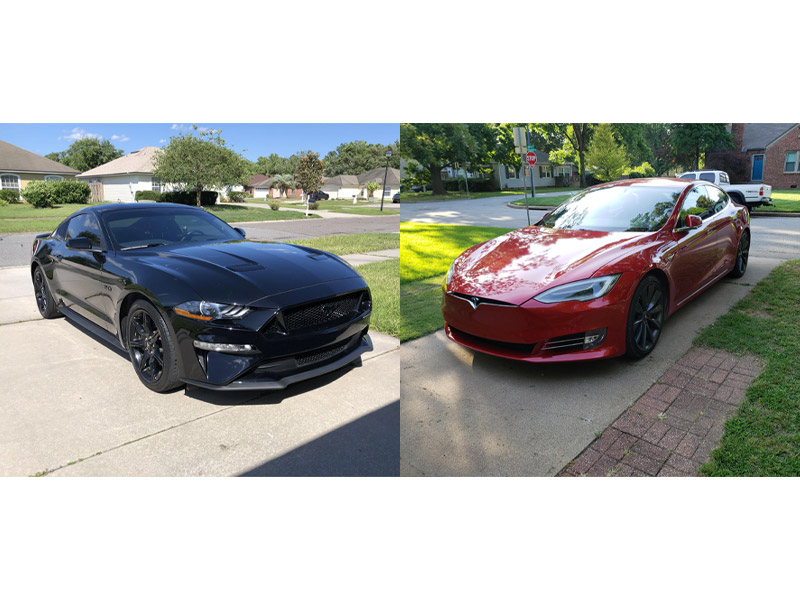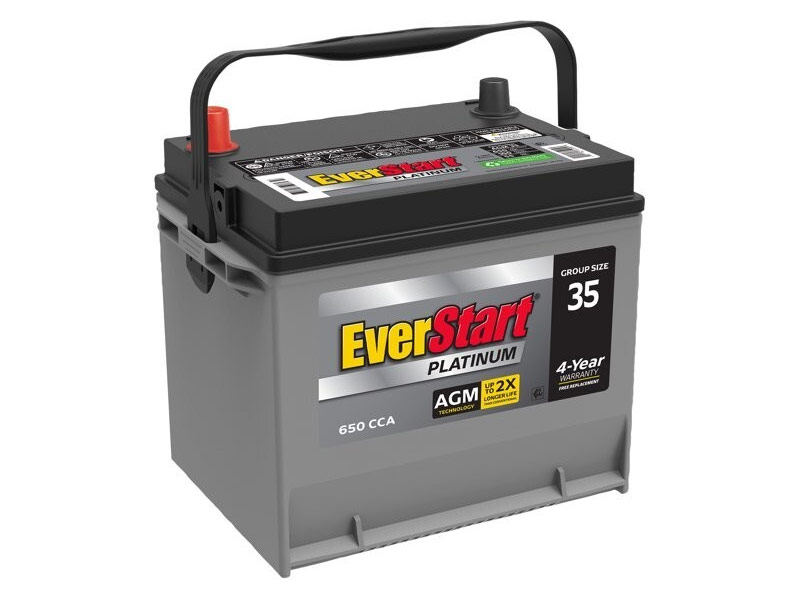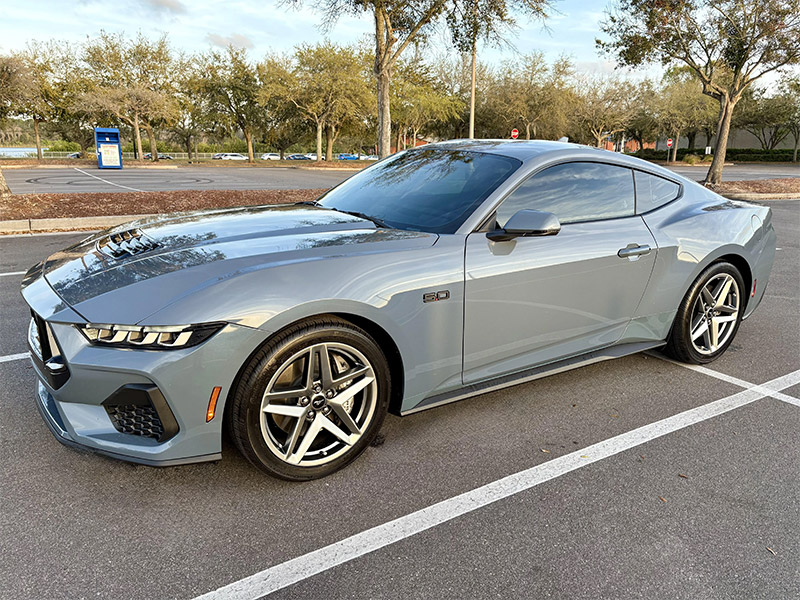
The automotive industry is undergoing a major shift, with electric vehicles (EVs) increasingly competing with traditional internal combustion engine (ICE) vehicles. One of the biggest factors influencing this transition is the difference in drivetrains—how power is delivered from the engine or motor to the wheels. Understanding these differences can help drivers make informed decisions when choosing between an EV and a gasoline-powered car.
1. Power Delivery and Performance
Electric Drivetrains: Instant Torque and Smooth Acceleration
EVs use electric motors, which deliver power instantly. Unlike ICE vehicles that rely on a series of controlled explosions in the engine, electric motors generate torque immediately when the accelerator is pressed. This results in rapid acceleration, making EVs feel more responsive, especially in city driving.
For example, Tesla’s high-performance models can go from 0 to 60 mph in under 2 seconds, a feat that few gasoline-powered cars can match. This is because EVs don’t require gear shifts, ensuring seamless power delivery.
ICE Drivetrains: Gradual Power Buildup and Multi-Gear Operation
In contrast, ICE vehicles depend on a combustion cycle that takes time to generate peak power. They require a transmission system to manage power delivery across different speed ranges. While performance-oriented ICE cars with turbochargers or superchargers can offer strong acceleration, they usually can’t match the instant torque of an EV. However, some driving enthusiasts prefer the engagement of shifting gears and hearing an engine rev up.
2. Efficiency and Energy Conversion
Electric Drivetrains: Higher Energy Efficiency
EVs convert over 85-90% of electrical energy from the battery into motion. Since electric motors have fewer moving parts and experience less energy loss due to heat and friction, they are significantly more efficient than ICE drivetrains.
Additionally, regenerative braking allows EVs to recover energy during deceleration, further improving overall efficiency. Instead of wasting kinetic energy as heat (like traditional brakes), regenerative braking captures it and stores it back in the battery.
ICE Drivetrains: Energy Loss Through Heat and Friction
Internal combustion engines are inherently less efficient, typically converting only 20-30% of the fuel’s energy into actual movement. The rest is lost as heat, friction, and exhaust gases. This inefficiency is one of the reasons ICE vehicles consume more energy per mile compared to EVs.
3. Maintenance and Longevity
EV Drivetrains: Fewer Moving Parts, Less Wear and Tear
Electric drivetrains have significantly fewer mechanical components. There’s no need for oil changes, spark plugs, timing belts, or exhaust systems, making them cheaper and easier to maintain in the long run. The most significant wear component in an EV is the battery, which can degrade over time but often lasts 200,000 miles or more with proper thermal management.
ICE Drivetrains: Complex Systems with Higher Maintenance Needs
An ICE drivetrain consists of hundreds of moving parts, including pistons, valves, turbochargers, transmissions, and exhaust components. These parts require regular maintenance, including oil changes, fuel system cleanups, and transmission fluid replacements. Over time, wear and tear on these components can lead to higher repair costs compared to an EV.
4. Driving Range and Refueling/Recharging
EVs: Limited by Battery Capacity and Charging Infrastructure
One area where ICE vehicles still hold an advantage is range and refueling time. Most EVs today offer a range of 200-400 miles per charge, but recharging can take 30 minutes to several hours, depending on the charger type. However, advancements in fast-charging technology and expanding charging networks are gradually closing this gap.
ICE Vehicles: Long Range and Quick Refueling
Gasoline cars typically offer 300-500 miles per tank and can be refueled in just a few minutes at any gas station. This makes them more convenient for long road trips, particularly in areas where EV charging infrastructure is still developing.
5. Environmental Impact
EVs: Zero Tailpipe Emissions but Battery Production Concerns
Since EVs run on electricity, they produce no tailpipe emissions, significantly reducing greenhouse gases and air pollution. However, battery production, particularly lithium mining, has environmental drawbacks. The industry is actively working on sustainable battery recycling solutions to minimize this impact.
ICE Vehicles: Ongoing Carbon Emissions
Gasoline and diesel-powered cars emit CO2 and other pollutants throughout their lifespan, contributing to climate change and air quality issues. While modern vehicles have improved emissions control technologies, they cannot completely eliminate their environmental impact.
Final Verdict: Which Drivetrain is Better?
Choosing between an EV and an ICE vehicle depends on priorities:
- If you prioritize instant power, efficiency, and lower maintenance costs, an EV is the better choice.
- If you need long range, quick refueling, and easy access to fuel stations, an ICE vehicle might still be more practical.
As battery technology and charging infrastructure improve, EVs are becoming more viable for mainstream adoption. However, ICE vehicles will continue to be relevant in specific scenarios, such as off-road applications and remote areas with limited charging infrastructure.
The future of drivetrains is evolving, and whether it’s electric, hybrid, or high-efficiency ICE, the automotive world is heading toward more sustainable and efficient solutions.

